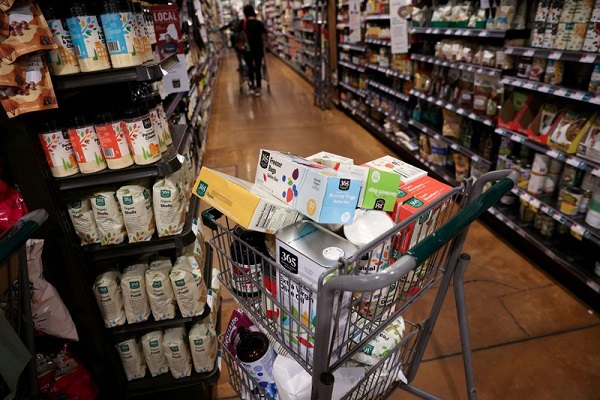According to a recent analysis by Piper Sandler, the economic landscape in 2024 bears striking similarities to the recessionary periods of 1970 and 2001, with a few critical differences that could lead to a more severe downturn.
The analysts draw parallels between today’s environment and those past recessions, noting “big shift up inflation, big tightening cycles, and bubbles” in tech and consumer goods.
However, they highlight that consumers are significantly weaker now compared to those earlier periods, with the consumer bubble being "much much bigger" than before.
This has led Piper Sandler to predict a GDP contraction of around 1%.
The investment firm states that one of the key distinctions this time is the state of consumer spending.
They explain that in both 1970 and 2001, consumer spending remained resilient, preventing a severe GDP decline. However, Piper Sandler points out that today's consumer headwinds are more severe, characterized by “sluggish real income, with a low savings rate, as unemployment increases.”
The bursting of the stay-at-home consumer goods bubble is also a significant concern, according to the firm.
Piper Sandler describes it as "4x larger than the Y2K tech bubble," posing a substantial threat to both unit sales and prices as it unwinds.
Overall, Piper Sandler warns that the combination of a weaker consumer base and the unwinding of the stay-at-home bubble could lead to a sharper economic downturn than seen in previous recessions.
